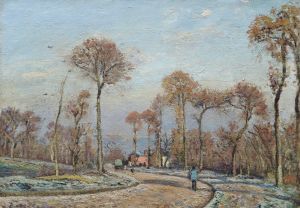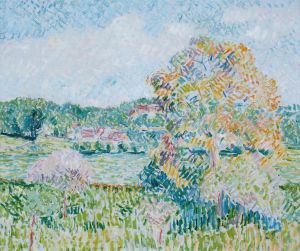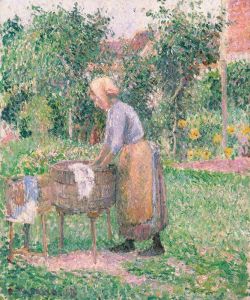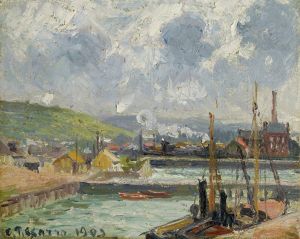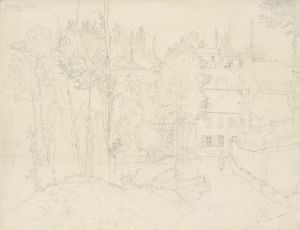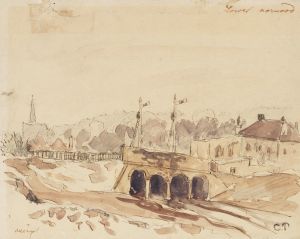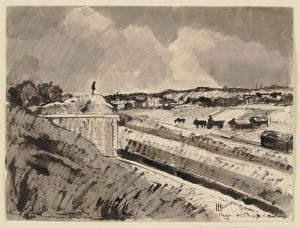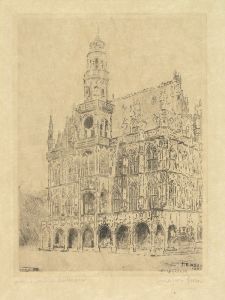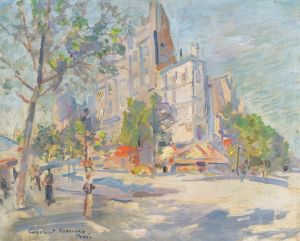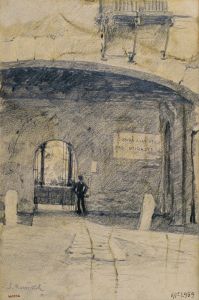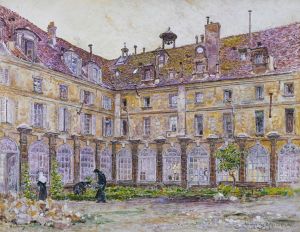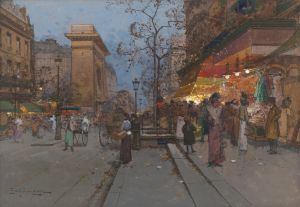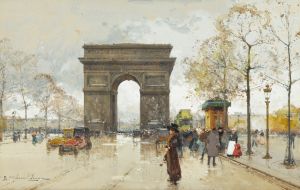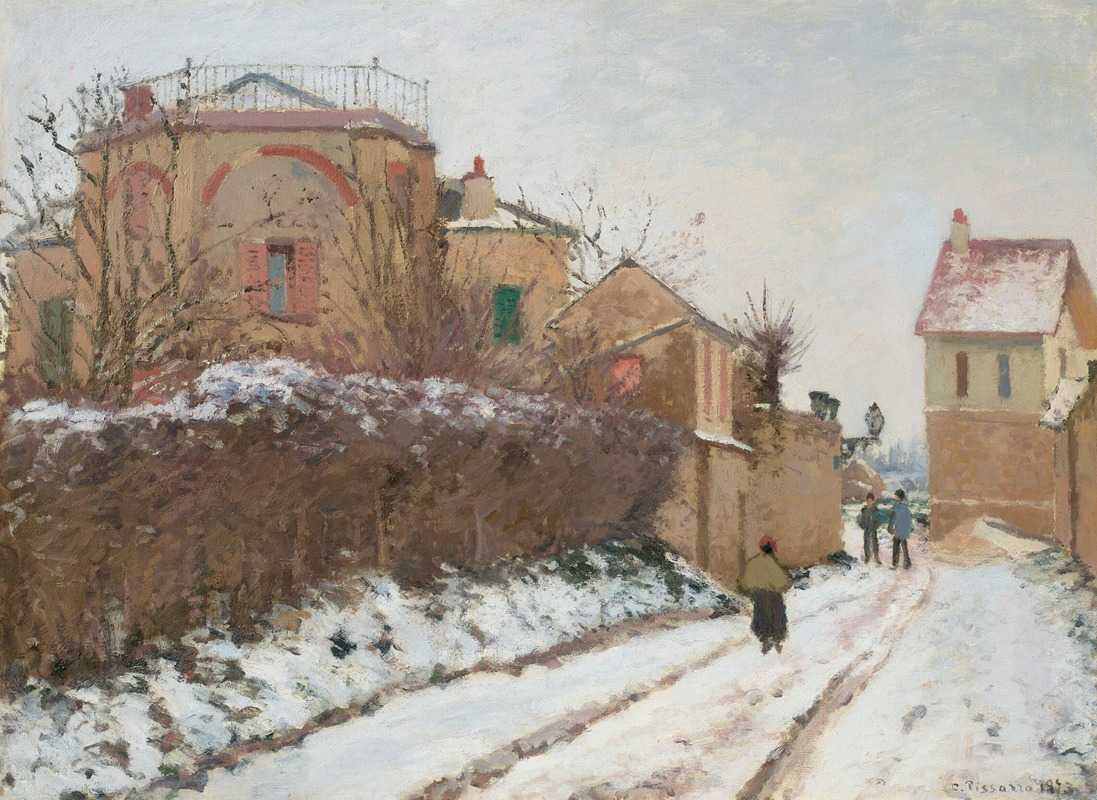
Rue de la Citadelle, Pontoise
A hand-painted replica of Camille Pissarro’s masterpiece Rue de la Citadelle, Pontoise, meticulously crafted by professional artists to capture the true essence of the original. Each piece is created with museum-quality canvas and rare mineral pigments, carefully painted by experienced artists with delicate brushstrokes and rich, layered colors to perfectly recreate the texture of the original artwork. Unlike machine-printed reproductions, this hand-painted version brings the painting to life, infused with the artist’s emotions and skill in every stroke. Whether for personal collection or home decoration, it instantly elevates the artistic atmosphere of any space.
"Rue de la Citadelle, Pontoise" is a painting by the renowned French artist Camille Pissarro, created in 1868. Pissarro is widely recognized as one of the leading figures of the Impressionist movement, and his works often depict rural and urban scenes with a focus on light and atmosphere. This particular painting is a fine example of his early work, showcasing his developing style and interest in capturing the essence of everyday life.
The painting depicts a street scene in Pontoise, a town located northwest of Paris. Pontoise was a significant location for Pissarro, as he lived there for several years and produced many works inspired by its landscapes and architecture. The town provided a tranquil setting away from the bustling city of Paris, allowing Pissarro to explore the effects of light and shadow in a more intimate environment.
In "Rue de la Citadelle, Pontoise," Pissarro captures a quiet street lined with buildings, rendered in a palette of earthy tones. The composition is characterized by its attention to detail and the subtle interplay of light and shadow, which are hallmarks of Pissarro's style. The painting reflects Pissarro's interest in the everyday life of ordinary people, as the street is depicted without any grandiose elements, focusing instead on the simplicity and charm of the setting.
Pissarro's technique in this painting demonstrates his early exploration of Impressionist principles, although it predates the official start of the movement. His brushwork is careful and deliberate, yet it hints at the looser, more fluid style that he would later adopt. The use of light in the painting is particularly noteworthy, as Pissarro captures the way sunlight filters through the street, creating a sense of depth and atmosphere.
Throughout his career, Pissarro was known for his commitment to painting en plein air, or outdoors, which allowed him to observe and capture the changing effects of light and weather firsthand. This approach is evident in "Rue de la Citadelle, Pontoise," as the painting conveys a sense of immediacy and presence, inviting viewers to step into the scene and experience the quietude of the street.
The painting is also significant for its historical context, as it represents a period in Pissarro's life when he was beginning to establish his artistic identity. During his time in Pontoise, Pissarro formed connections with other artists, including Paul Cézanne, who would later become a key figure in the development of modern art. These interactions and the environment of Pontoise played a crucial role in shaping Pissarro's artistic vision.
Today, "Rue de la Citadelle, Pontoise" is appreciated not only for its aesthetic qualities but also for its contribution to the understanding of Pissarro's early development as an artist. The painting is part of the collection of the Musée d'Orsay in Paris, where it continues to be admired by art enthusiasts and scholars alike. It stands as a testament to Pissarro's skill in capturing the beauty of everyday life and his influence on the Impressionist movement.





